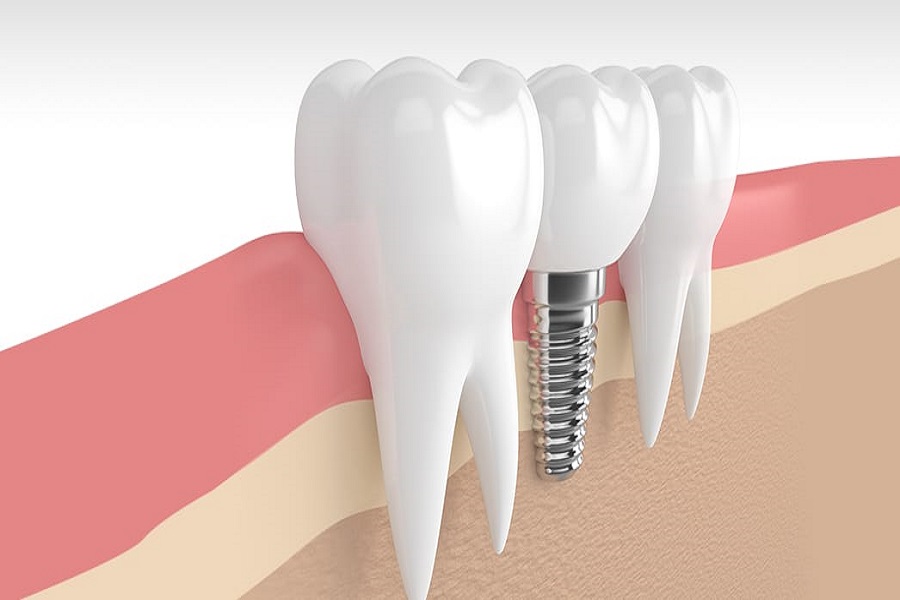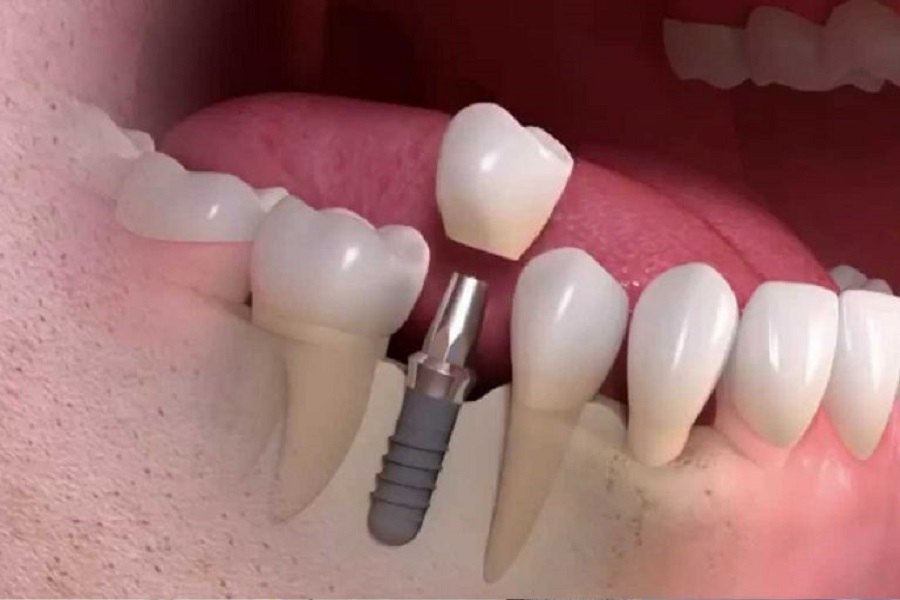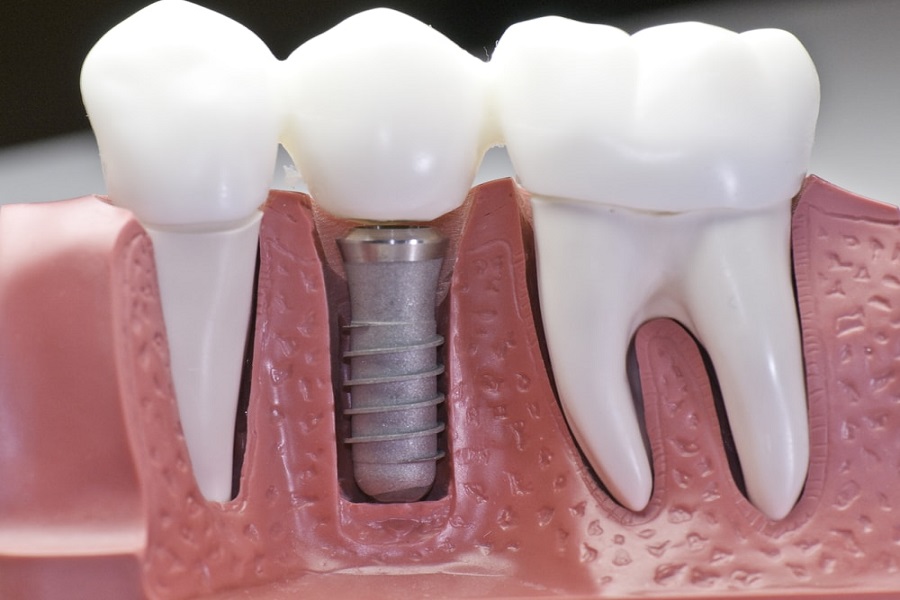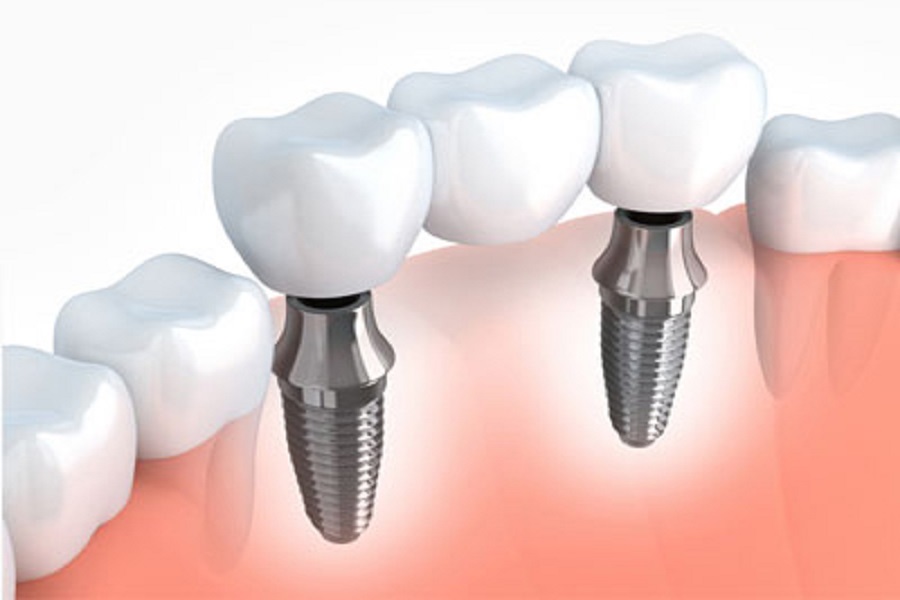Suitable for porcelain teeth
1. Poor tooth color or shape;
2. Patients with abnormal dentition morphology who are not suitable for orthodontic treatment;
3. Tooth decay or tooth defect is large, and the tooth discoloration is gray or yellowish brown;
4. It is a missing tooth, generally requires a small number of missing and healthy adjacent teeth;
5. It is a broken tooth or residual tooth root due to trauma. If the tooth root has sufficient length, the periodontal condition is good.
suitable for dental implants
1. Individual teeth are missing, most teeth are missing;
2. Missing teeth at the free end, serious absorption of alveolar ridge in the missing teeth area, unable to bear the load of the denture base;
3. For jaw defects, functional reconstruction and morphological restoration can be accomplished through implant repair. To put it simply, as long as your tooth loss is not that serious, or there are residual tooth roots and the roots are healthy, it is still recommended to do porcelain teeth, otherwise, it is better to do dental implants. Which one is less painful between porcelain teeth and dental implants In fact, according to the current level of medical technology, it is not impossible to make the whole process painless, but the charges may be relatively high. Under normal circumstances, when doing dental implants, 100% anesthetics will be used, because presumably porcelain teeth, the implantation process of dental implants may be relatively “bloody” much. On the other hand, in the process of repairing porcelain teeth, many doctors generally do not use anesthesia unless they are grinding teeth. If you feel pain, you can ask the doctor to use anesthesia, but it is generally not recommended. .
I hope that through the above introduction, you can gain some knowledge and choose the most suitable treatment method for you.





























